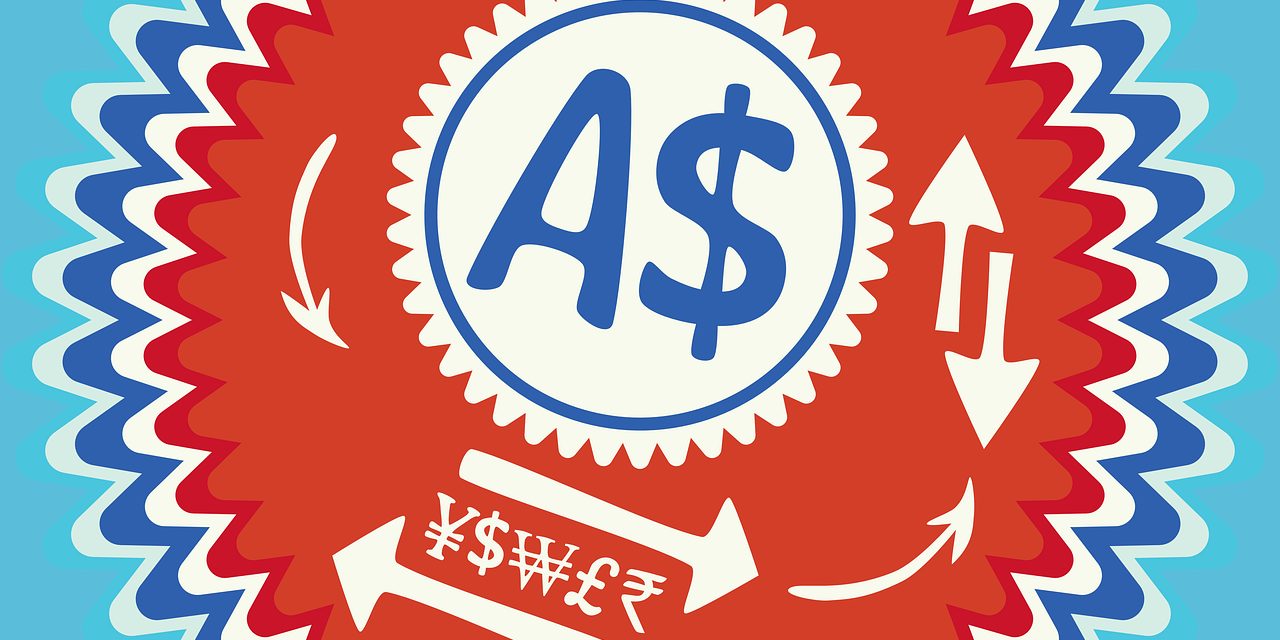 The survey found that 62 per cent of respondents would travel overseas if the dollar continues to decline for another 12 months, while 70 per cent would be motivated to travel if the dollar were to become stronger against other currencies. In fact, the likelihood to forego international travel due to cost increased with age: 42 per cent of respondents aged 55 years or older would give up overseas holidays, compared with just 37 per cent of 35-to-54-year-olds and 33 per cent of 18-to-34-year-olds due to increasing dollars.
The survey found that 62 per cent of respondents would travel overseas if the dollar continues to decline for another 12 months, while 70 per cent would be motivated to travel if the dollar were to become stronger against other currencies. In fact, the likelihood to forego international travel due to cost increased with age: 42 per cent of respondents aged 55 years or older would give up overseas holidays, compared with just 37 per cent of 35-to-54-year-olds and 33 per cent of 18-to-34-year-olds due to increasing dollars.
South Australians were most likely to disregard price hikes, with 76 per cent indicating they would continue to purchase overseas if there was a continued 12-month decline in the dollar – followed by 70 per cent of West Australians. Two-thirds of the population will travel overseas, make overseas purchases, invest overseas or make donations offshore, despite a declining Australian dollar. If the dollar were to continually decline over the next 12 months, almost two-thirds (61 per cent) of respondents said they will continue any planned overseas travel, purchases, investments and donations.
“While the push to spend pandemic savings overseas is strong, there is a silver lining as Australian industries can be hopeful to receive an influx of overseas tourism on the weakened dollar.” Eighty-four (84) per cent of South Australians, 74 per cent of NSW residents and 73 per cent of West Australians specified that they wouldn’t be averse to investing overseas with a continually weakening dollar.
Aussies proved themselves to be generous, as a very high proportion of all respondents (81 per cent) would continue aiding money to family and charities overseas if the dollar continued falling. Sixty-three (63) per cent of respondents specified that they will continue to purchase overseas products if the dollar continues to decline over the next 12 months.
Alon Rajic, Founder and Managing Director of Money Transfer Comparison, says: “Unlike previous economic periods which have seen the travel industry suffer when the AUD weakens, Australians seem to be unwavering in their commitment to travel and overseas spending in this dip. The full results, with age and State breakdowns, can be found here: moneytransfercomparison.com/australia-info/strong-dollar.html
From the survey, Money Transfer Comparison found that Australian dollar movements had little impact on the overseas spending habits of Australians.
“While the Australian economy may not be directly impacted by the drive for international spending in an AUD decline, the weakened Australian dollar will likely bring on increased tourism within Australia from international countries such as the US who have seen significant growth in their buying power.” Money Transfer Comparison, a global comparison website that enables Australians to source the best money transfer rates, commissioned a survey of an independent panel of 1000 Australians to find out how the Australian dollar falls and increases will influence their overseas spending.
However, Money Transfer Comparison found that despite the decreased dollar, there is a strong desire to continue purchasing overseas products. Conversely, if the dollar rises, 82 per cent of Australians would be motivated to spend overseas in these ways. It is positive to see that despite recent economic troubles, most Australians aren’t feeling overly money-conscious and are able to continue investing and purchasing overseas despite inflation and currency falls.
After more than two years of restrictions, new research reveals that most Aussies are keen to travel and spend overseas at almost any cost.
Overseas investing was also shown to be determinedly popular across the states over the next 12 months. Despite their lower income and net worth, younger Australians were more likely to push on with international travel plans despite any increased cost.
A continually declining dollar puts greater pressure on steadily increasing inflation and the cost of living.
Specifically, the strong demand for international travel is unwavering against significant financial changes. The Australian dollar has been testing new lows over recent weeks, falling to the US $0.65 cents after a strong start of US $0.73 cents in January 2022.[1]
Alon says: “Australians have come out of the pandemic with increased savings and a desire to spend after more than two years of limited activity”.
Written by: William Trevan





















most aussies are keen to travel at any cost after the pandemic,,,,exactly my thoughts … that’s why airlines should stop rushing opening
up low cost flights…
… the chaos at airports means no one was prepared for the influx,,, covid had rebooted the world for a fresh start…
and yet airline ceos restarted like formula one drivers trying to out do one another…. cancelling flights only means they are overdoing things…
…not foreseeing shortages in human resources and confusion about travel restrictions..